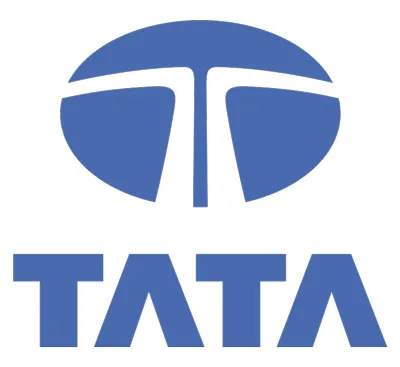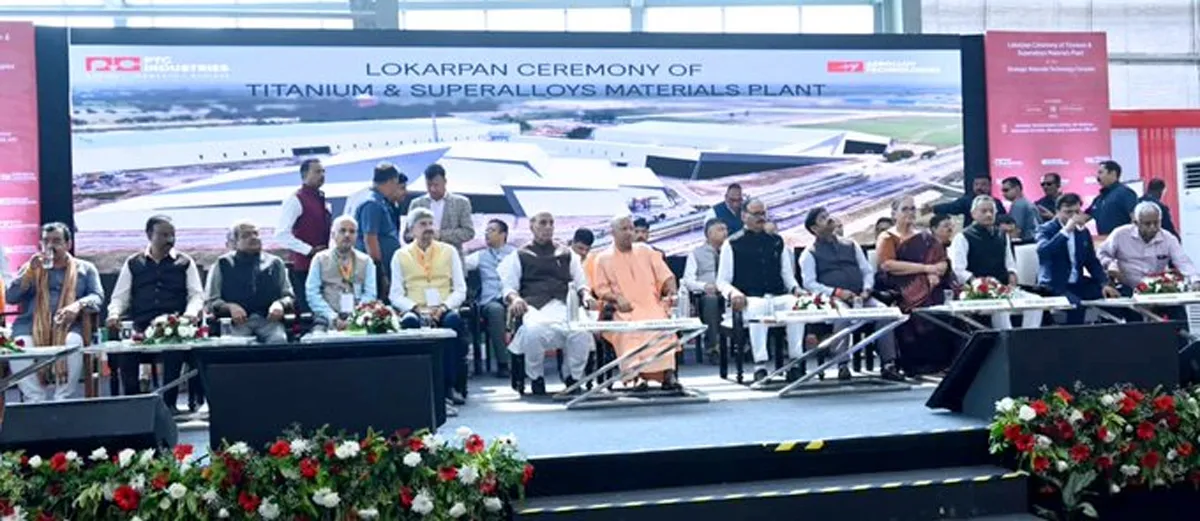ARADHANA BHANSALI and AMIT KOLEKAR discuss the laws, policies and schemes initiated to provide affordable housing for all.
The concept of affordable housing is never static; it evolves and changes from city to city, region to region, person to person.
And, the sweep of the right to life conferred by Article 21 of the Constitution of India is time and again stretched to include the right to a decent living, including a decent shelter.
Judgements
In Shantistar Builders vs Narayan Khimalal Toame, the Supreme Court reiterated that the basic needs of man have traditionally been accepted to be three - food, clothing and shelter. And later, in Chameli Singh & Ors vs State of UP & Anr, the Supreme Court held that the right to shelter is a fundamental right available to every citizen and Article 21 of the Constitution of India deemed to have included in its fold, the right to shelter, so as to make the right to life more meaningful.
Guidelines
To bridge the acute gap between shortage of housing units and supply, in December 2013, the Government of India, through the Ministry of Housing and Urban Poverty Alleviation, issued the 'Affordable Housing in Partnership - Scheme Guidelines' (AHP Guidelines).
Affordable housing in Maharashtra
Initially, the Urban Land (Ceiling and Regulation) Act 1976 (ULCRA, now repealed), which was prevalent in the state of Maharashtra, provided a ceiling limit on how much vacant land an individual entity may hold, so that excess could be used to promote affordable housing units on private lands. Pursuant to the repeal of ULCRA, the Maharashtra Government is taking various initiatives under the Maharashtra Regional Town Planning Act 1966, whereby the regulations being the Development Control Regulations (DCR), provide for proper planning and development of particular areas, looking at overall topography, density of population and other infrastructure facilities, and provide for housing schemes for the economically weaker section (EWS) or low-income group (LIG), more particularly:
Affordable Housing Scheme: Through its Urban Development Department (UDD), the Maharashtra Government notified the scheme by a notification dated August 7, 2014, which replaced the Rental Housing Scheme, promoting the construction of affordable housing on private lands. Under this notification, the Affordable Housing Scheme is permissible only on the lands situated within the limits of urban local bodies in the Mumbai Metropolitan Region, excluding the areas under the Municipal Corporation of Greater Mumbai, the Municipal Corporation of Navi Mumbai and the Matheran Municipal Council. For implementing the Affordable Housing Scheme, the plot size should be a minimum of 4,000 sq m, excluding that under the Development Plan Road and Development Plan Reservations, for which the developer or promoter is granted the maximum permissible FSI (including the base FSI of 1.00) of 3:00 on gross plot area, including the mandatory layout recreational open space and amenity; ie + portion of FSI to be utilised for affordable housing and the balance + portion for free sale housing component.
Inclusive Housing Regulation: For providing homes for EWS and LIG, in the areas of the Municipal Corporation of Greater Bombay (island city) and Suburban Mumbai, the Maharashtra Government, through UDD, issued a notification on November 8, 2013, under the provisions of MRTP for Inclusive Housing. In DB Realty Ltd vs State of Maharashtra & Ors , the Inclusive Housing Regulation-1 was challenged before the Bombay High Court on the grounds that it mandatorily required the owner of the land, having 4,000 sq m or more, either to seek for subdivision of the land to develop plots of 30-50 sq m and hand it over to the competent authority or, if the competent authority refuses to buy such plots, compelled the owner to sell to the EWS or LIG, thereby there is compulsory acquisition of the land by such a competent authority. In this matter, it was contended by the State that DCR would be suitably amended by a new notification. In this background, the High Court upheld the constitutional validity of Inclusive Housing Regulation-1.
Pursuant thereto, the Inclusive Housing Regulation-1 was amended by a notification dated September 3, 2015 (Inclusive Housing Regulation-2), to provide that the developer has an option to provide for affordable housing tenements at some other location (not necessary the same plot) within the same administrative ward of the Municipal Corporation and construction of such affordable housing tenements on an alternative plot was with certain benefits, including additional FSI benefit; and if the tenements were purchased by the competent authority, in such cases the owner or developer is to be paid construction rate prescribed in the Annual Statement of Rates prepared by the Inspector General of Registration, Maharashtra State. These regulations are not to apply in two cases, ie when development (a) is for Public Housing, Housing the Dishoused, Public Housing or High Density Housing and the EWS or LIG tenements constructed under the provisions of any other Act, and (b) is undertaken by the government or semi-government.
New Housing Policy and Action Plan, 2015: Based on AHP guidelines, the Maharashtra Government released the final draft of the New Housing Policy and Action Plan, 2015 (Housing Policy) on April 15, 2015, with the aim to provide 1,900,000 affordable houses to EWS, LIG and middle-income group (MIG). The role of the Maharashtra Government in the Housing Policy will be that of a facilitator, catalyst and regulator.
Affordable housing policies in other states
To achieve the objective of 'Housing for All', as proposed by the AHP Guidelines, as a step towards creation of affordable housing units for EWS, LIG and MIG, other state governments of Gujarat, Rajasthan, Madhya Pradesh, Odisha, Chhattisgarh and Karnataka have also introduced schemes and policies; for instance:
- Mukhyamantri Gruh Yojana of Gujarat provides 75 per cent of affordable houses to the EWS or LIG category and rehabilitates and relocates the slums in the nearest vicinity as far as possible.
- Madhya Pradesh Vision Document 2018 targets the construction of 5 lakh affordable housing units in the urban areas of the state.
- Atal Awas Yojana of Chhattisgarh has already constructed or is in the process of constructing 19,000 dwelling units of affordable housing.
- The Karnataka Government has attempted to construct 28 lakh houses for EWS under various schemes and established the Rajiv Gandhi Rural Housing Cooperation Ltd to provide affordable housing for the socially and economically weaker sections.
- Rajasthan's Affordable Housing Policy 2009 focuses on EWS or LIG housing.
- Many of the aforesaid schemes and policies have some common basic features:
- Incentivising with higher FSI.
- Waiving various fees or charges such as building plan approval, development charges, etc, for construction of affordable housing units.
- Giving concession in stamp duty and registration charges on purchase of affordable housing units.
- Involving the private sector in creating affordable housing units and compensating it by offering various benefits in compliances and FSI or TDR.
- Acquiring private land to construct affordable housing units.
Many other states are taking a cue from the states who have implemented policies on affordable housing.
Affordable Housing in Union Budget-2016-2017
The Union Budget proposes to provide certain benefits to the private sector to encourage construction of affordable houses, mainly:
- 100 per cent exemption of tax on profits to an assessee engaged in developing and building affordable housing flats up to 30 sq m in four metro cities and up to 60 sq m in other cities; such projects are to be approved during June 2016 to March 2019 and completed within three years.
- Construction of affordable housing up to 60 sq m under any scheme of the Centre or state governments, including PPP schemes, shall be exempt from payment of service tax.
- Amendment to Section 35AD of the Income-Tax Act 1961 to reduce investment-linked deduction/capital expenditure from 150 per cent to 100 per cent in the case of an affordable housing project with effect from April 1, 2017.
In conclusion
Whether persons of limited income have access to adequate shelter, is thus for us at its heart, both a question of justice, and a religious and theological question of central importance.
This statement by the Massachusetts City Council reinforces the long standing knowledge that a home is where the heart lies and no person should be deprived of this basic right. It is with this thought that the Central Government, together with the state governments, has come up with various initiatives to encourage private-sector participation in creating affordable housing to achieve the target of Housing for All by 2022, by way of giving various benefits in construction compliances, additional FSI, exemption on taxes, stamp duty and other such measures.
About the authors:
Aradhana Bhansali is Partner with Rajani Associates.
Amit Kolekar is the Principal Associate with Rajani Associates in Mumbai.




















